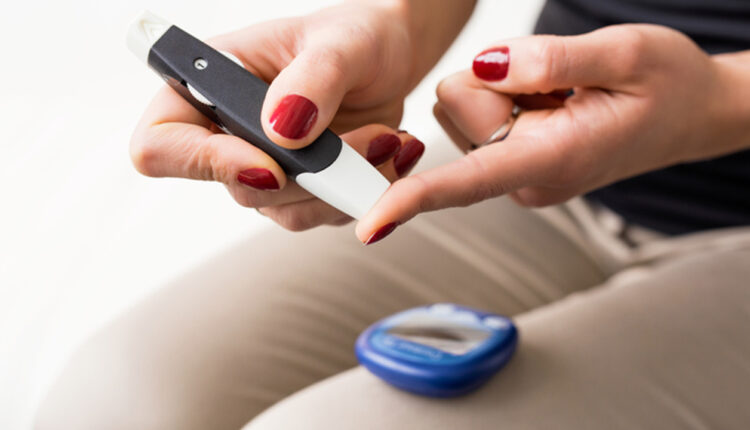 GRINVALDS/ISTOCK/GETTY IMAGES PLUS
GRINVALDS/ISTOCK/GETTY IMAGES PLUS
6 Assessment Techniques for Early Diabetes Detection
As some of the first clinical signs of diabetes occur in the oral cavity, clinicians must be vigilant when performing dental examinations.
As some of the first clinical signs of diabetes occur in the oral cavity, clinicians must be vigilant when performing dental examinations. Here are 6 assessment techniques to support your efforts in the early detection of diabetes.
1. Blood Pressure
Taking patients’ blood pressure is part of the vital sign assessment, which includes temperature, pulse, and respiration measurements, according to the American Dental Hygienists’ Association Standards for Clinical Dental Hygiene Practice. Blood pressure readings provide a baseline for potential, or undiagnosed, medical conditions such as hypertension.
2. Body Mass Index (BMI)
Because obesity in adults, adolescents, and children is a significant risk factor for developing type 2 diabetes, oral health professionals should complete a BMI calculation. The numbers will provide insight to the patient’s general and oral health. A patient with an elevated BMI can then be referred to a medical professional.
3. Skin Check
Dental hygienists can note skin changes around the head and neckline, as well as inquire whether the patient has any complaints about itchy skin. Patients with undiagnosed type 2 diabetes may have dark colored skin around the neckline, skin tags, and/or wounds that don’t heal.
4. Thrush
Look for signs of oral candidiasis, which is common in those with undiagnosed type 2 diabetes. Signs of oral candidiasis include white patches on the tongue or other areas of the mouth and throat.
5. Dry Mouth and Periodontal Disease
The presence of xerostomia and periodontal diseases are early signs of undiagnosed type 2 diabetes. Clinicians should ask if the patient is experiencing any dry mouth symptoms and perform a periodontal disease risk assessment during the patient’s oral examination.
6. Wound Healing
Screen for recurring infections, as this is another early sign of diabetes.
Use the share buttons below to share these tips with your colleagues!

